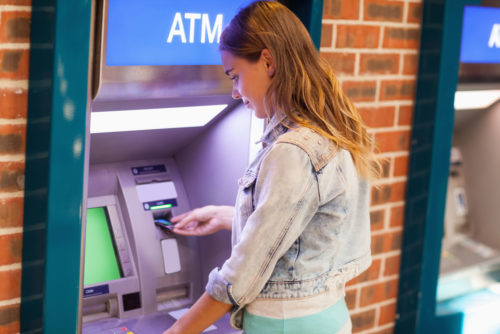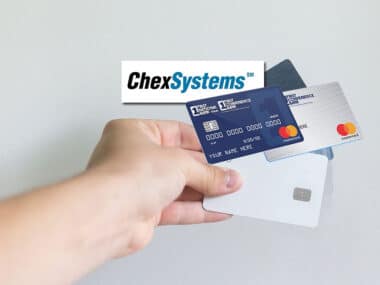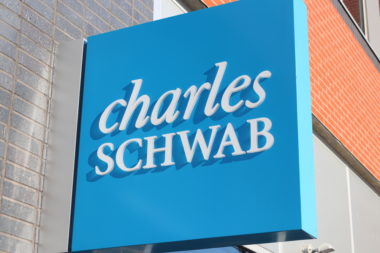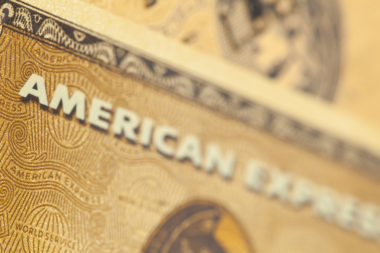If you can’t make it to the bank during normal business hours and you don’t have online or mobile banking options — using an ATM to cash or deposit a check might be your next best option. ATMs are typically available 24/7 and offer convenient locations; they’re also safer than carrying around your check with you.
We’ve discussed different check cashing places and how to cash your check. Now we’ll walk you through the process of cashing or depositing your check at an ATM.
Maybe your phone is dead or you don’t have access to online banking services. When in need, an ATM check deposit could save the day. Here’s how to do it:
Table of Contents
Can I Deposit a Check at an ATM?
Yes, most banks and credit unions support ATM check deposits as long as you have an account with that bank. You also might want to bring the following items:
- Your ATM card, debit card, secured card or prepaid card. This is required to use any ATM for any purpose.
- A pen to endorse the check and fill out the deposit slip if needed.
- You might have to provide your own deposit slip if the bank requires them. Grab a few extra and keep them in your wallet next time you’re inside a branch.
- An envelope for your check and the deposit slip, if your bank requires one. Most banks provide the envelope at the ATM but you might want to have a few on hand just in case. Some ATMs have a check scanner and won’t require an envelope.
Now you’re ready to deposit your check! Remember that you need to have an account with the bank whose ATM you are using. Ensure that the ATM actually accepts check deposits, because although it’s rare, some don’t. Always be aware of your surroundings when at an ATM. If somebody is watching you too closely, or if you feel uncomfortable, don’t pull out your wallet or withdraw cash from the ATM.
Can I Cash a Check at an ATM?
Some ATMs will allow you to deposit your check and immediately withdraw those same funds in cash. However, there are generally limits on how much you can withdraw, if it’s allowed at all. ATMs with a check scanner are more likely to allow access to the check funds immediately.
From a bank’s perspective, cashing out a check at an ATM is more like a cash advance, especially if the funds in your account are running low. The bank won’t collect your check funds from the issuing bank until later, so issuing cash before they’ve collected could result in the check bouncing and the bank is out the cash.
How to Deposit or Cash a Check at an ATM
You probably won’t be able to cash a check at an ATM unless you already have the funds available in your account. But depositing a check through the ATM is easy! Just follow these steps:
Insert Your Debit Card and PIN
To access your account, you must have a compatible ATM card, debit card, or check card first. Insert your card into the machine and enter your PIN.
Select “Cash Check”
Then you’ll be asked to make your selection. Some ATMs have a “cash back” option that allows you to take a portion of the check as cash, but others will only allow you to deposit the check without cashing it out. In that case, select the “deposit check” option.
Endorse Your Check
Before inserting your check into the ATM for deposit, you have to endorse the check by signing the back of it. But don’t endorse your check before you’re absolutely ready to deposit it, so it might be a good idea to bring a pen to the ATM. If you endorse a check and it’s lost or stolen, it could be cashed out by someone else.
Insert Check and Verify Amount
Now that you’ve accessed your account and endorsed your check, you can insert it into the ATM. You’ll then be asked to verify the amount of your check. If the ATM doesn’t require a check envelope, then it will most likely scan your check and read the amount. However, you still want to double check the information is correct, as an error could get a hold placed on your account or be unable to complete the transaction.
Personal Checks vs Payroll and Government Checks at the ATM
ATMs will deposit almost any check you might have, like personal checks, paychecks, or government-issued pre-printed checks. If the machine scans your check it’s more likely to read an error on a handwritten check than with printed checks from your employer or the government.
If you’re depositing a personal or handwritten check for the first time, it might be a good idea to do it during normal business hours, just in case there’s a read error on the check. You don’t want to deal with a rejected deposit or a hold on your account. If you run into any trouble, you can walk into the branch and ask a teller for help.
Image Source: https://depositphotos.com/





